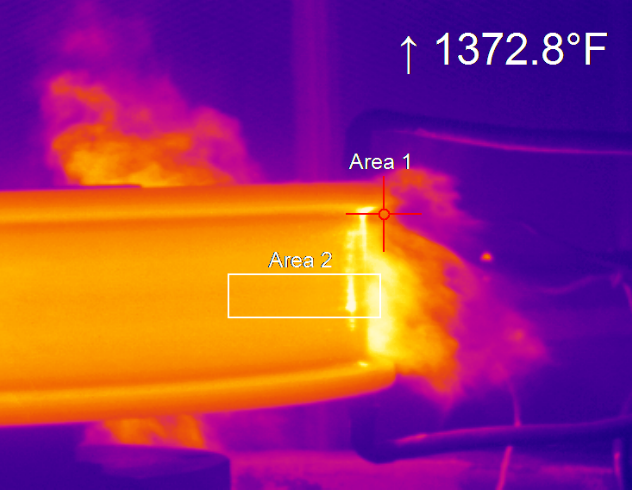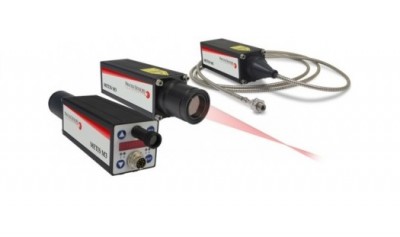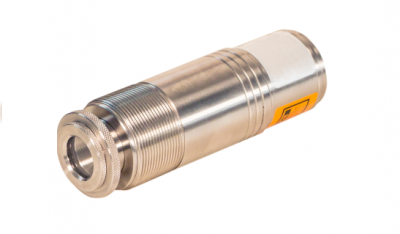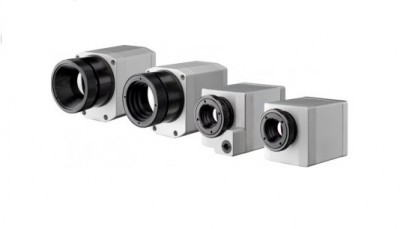-
Industries & Applications
-
Products
-
Support
- Request a Demo
-
What's New
- Company
- Contact
- +1-774-399-0461
Metal Heat Treating Temperature Measurement
Induction heat increases production, lowers costs, improves quality, and provides a clean work environment. The localized heating capability of induction heating and lack of warm-up time reduces processing time to seconds. The precise control of induction heating minimizes material warping and hardness variation, ultimately reducing scrap. Because it does not heat the surrounding environment, induction heat-treating equipment can be located very near an operator or other processes minimizing the need to move material.
Annealing
Annealing involves heating metal to a specified temperature, generally 250 to 750°C, and then cooling it at a very slow and controlled rate. Annealing is used to soften metal before or after cold working by releasing mechanical stresses within the material. During the process, the metal is heated to a specific temperature where the grain structure within the material recrystallizes. At this point, stress within the metal is relaxed. The cooling process must be done very slowly, as not to affect the grain microstructure and to maximize softness. Process Sensors Corporation (PSC) pyrometers are recommended to monitor temperature at various points within the annealing process.
Tempering
Tempering is used to increase the ductility of iron alloys, particularly steel. Untempered steel is too hard, lacking the  toughness required for most applications, so tempering is commonly done after hardening to produce a precise hardness. The tempering process involves heating metal to a specified temperature, typically 150 to 600°C, and temperature is controlled to produce the hardness desired. Generally, low temperatures will reduce brittleness while maintaining most of the strength, while higher temperatures reduce hardness and increase ductility, but causes some loss of strength. It is important to heat the metal gradually to avoid cracking, then hold it at a specified temperature for a fixed period of time which may be one hour per inch of thickness. The metal is then cooled in still air. PSC pyrometers are recommended to monitor temperature at various points during tempering.
toughness required for most applications, so tempering is commonly done after hardening to produce a precise hardness. The tempering process involves heating metal to a specified temperature, typically 150 to 600°C, and temperature is controlled to produce the hardness desired. Generally, low temperatures will reduce brittleness while maintaining most of the strength, while higher temperatures reduce hardness and increase ductility, but causes some loss of strength. It is important to heat the metal gradually to avoid cracking, then hold it at a specified temperature for a fixed period of time which may be one hour per inch of thickness. The metal is then cooled in still air. PSC pyrometers are recommended to monitor temperature at various points during tempering.
Case Hardening
Case Hardening is also called carburizing. Done at 760 to 899°C, it produces a hard surface that is resistant to wear while maintaining the toughness and strength of the core material. The process diffuses carbon into the surface of the metal creating a “case” around the substantially softer core material. The technique is applied to low carbon steel parts after machining, as well as high alloy steel bearings, gears and other components. In the process, carbon (carburized) gases are introduced into a sealed furnace where the metal is heated by induction. The time, temperature and carbon potential of the gas must be precisely monitored to control the hardness and depth of the case. After processing, the material is either slow cooled for later quench hardening, or quenched directly into oil. Temperature monitoring devices from PSC are used to ensure the desired case specification is achieved.
To learn more about how PSC can optimize your metals and heat treating operation, please fill out the contact form below.
Featured Solutions
-

Metis M3 Pyrometer Series
The high-performance Process Sensors Metis M3 Series pyrometers are available in one-color and two-color versions with adjustable focus, through lens, laser, or video sighting optics. Temperature ranges from 50°C to 3300°C. Comes with an on-board temperature menu display. Fiber optics for high temperature ambient conditions are available. Ethernet output is also available.
-

PSC-40 Series
The PSC-40 Series is a two-wired, loop-powered IR sensor with variable focus or fixed focus optics offering accurate temperature ranges from -40 to 2500°C. Also available with fiber optics. An optional programming cable with software allow for the adjustment of pyrometer parameters. The simplicity of the wiring and integration make it ideal for industrial applications including induction heating, steel making, glass, kilns, food, dryers, ovens, furnaces, medical apparatus and R&D.
-

PSC Surveyor Series Thermal Imaging Cameras
The Process Sensors Surveyor camera series offers a comprehensive range of imaging and line scanning camera systems to continuously monitor and control industrial processes. Measures temperatures starting from -20 to 1800°C